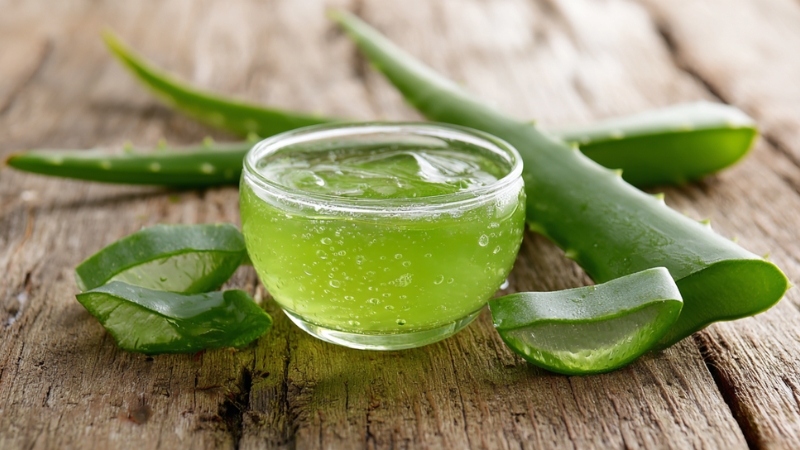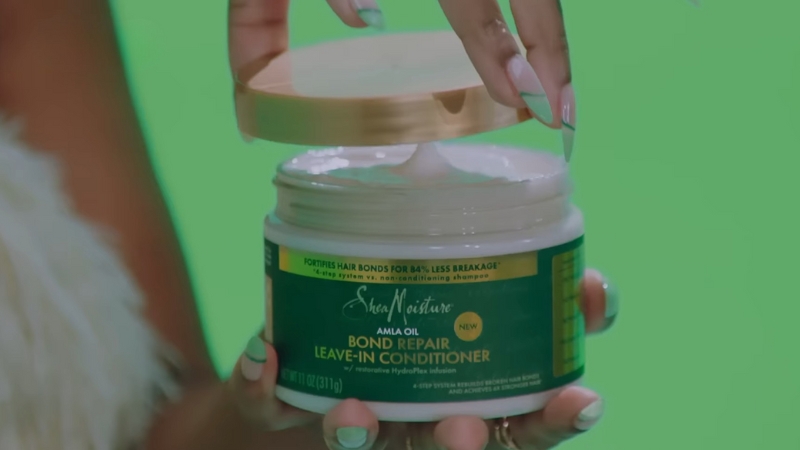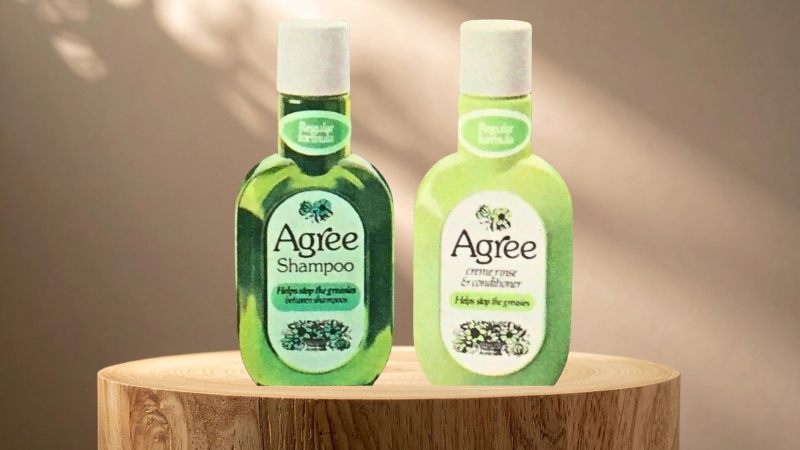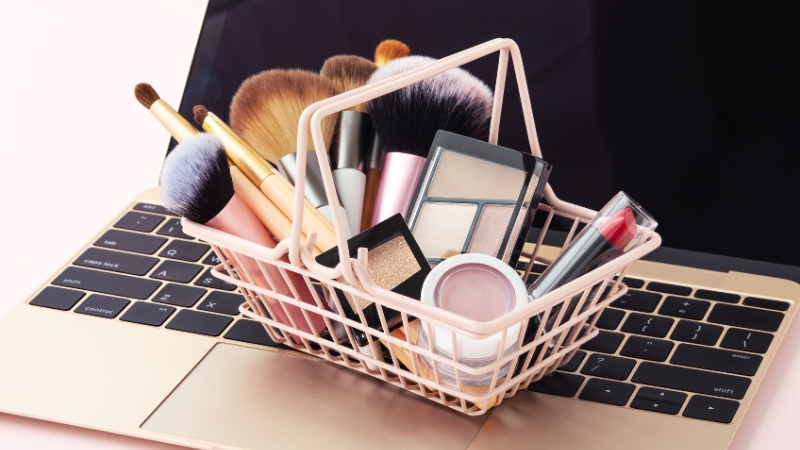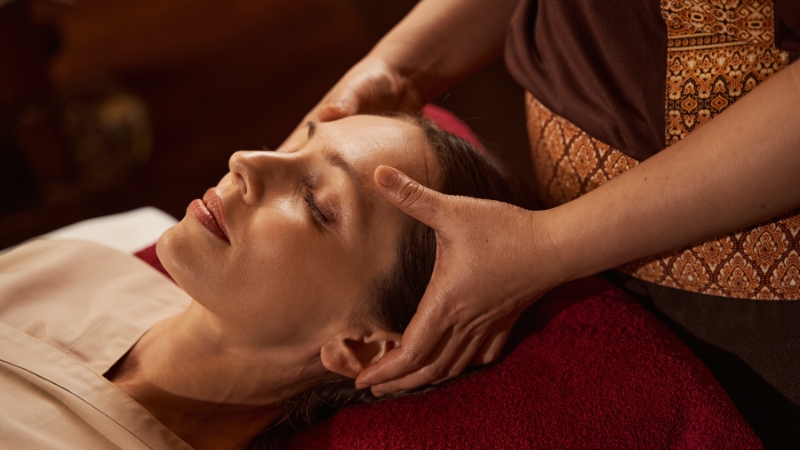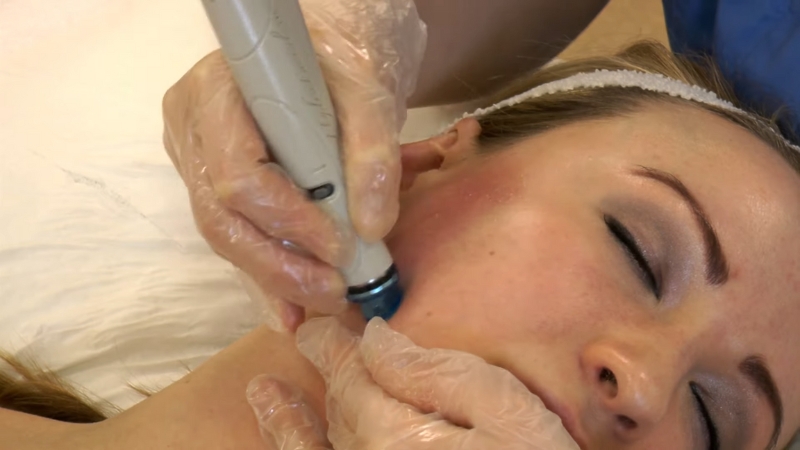
Share Post:
A HydraFacial is generally recommended once every 4–6 weeks to maintain clear, hydrated, and glowing skin, according to leading dermatologists and estheticians.
This schedule aligns with your skin’s natural cell turnover cycle, helping to keep pores clean, reduce congestion, and continuously improve texture and brightness without overstressing your skin barrier.
However, your ideal frequency may vary based on skin type, concerns (acne, aging, hyperpigmentation), and budget.
A HydraFacial is a multi-step, medical-grade facial treatment that uses a patented device to cleanse, exfoliate, extract impurities, and infuse the skin with hydrating serums containing antioxidants, peptides, and hyaluronic acid.
Unlike traditional facials, HydraFacials use vortex suction and delivery systems, which allow for deep yet gentle pore cleansing while simultaneously infusing active ingredients.
4–6 Weeks Is Ideal
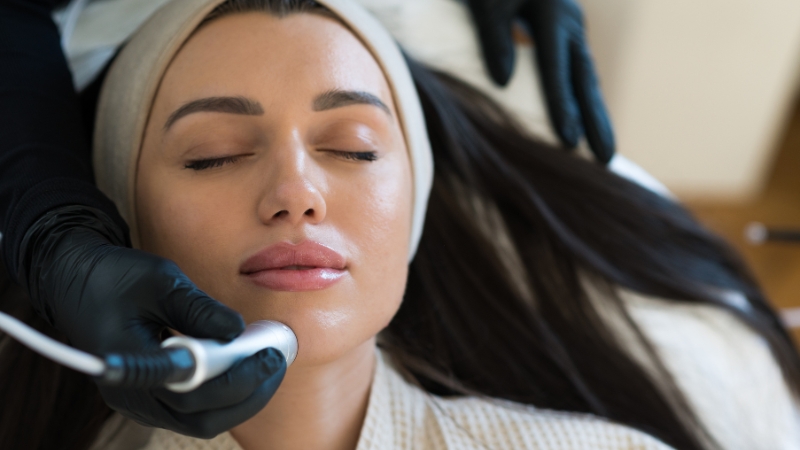
Your skin naturally undergoes a cell turnover cycle every 28–40 days, depending on age and skin health. Dead skin cells can accumulate, leading to clogged pores, dullness, and breakouts. A HydraFacial every 4–6 weeks:
This interval keeps skin looking its best without causing irritation, especially as the treatment is non-invasive but still deeply exfoliating.
HydraFacial Frequency by Skin Type and Concerns
Skin Type / Concern
Recommended Frequency
Oily / Acne-Prone Skin
Every 3–4 weeks during active breakouts
Dry / Dehydrated Skin
Every 4 weeks initially, then every 6 weeks for maintenance
Sensitive Skin
Every 6 weeks or seasonally
Anti-Aging / Fine Lines
Every 4–6 weeks for consistent collagen support
Hyperpigmentation
Every 4 weeks with targeted booster serums
The frequency at which you should get a HydraFacial truly depends on your skin’s unique needs and goals. For oily or acne-prone skin, scheduling a HydraFacial every 3–4 weeks during active breakouts can help manage congestion and reduce clogged pores, providing consistent deep cleansing while minimizing irritation.
Dry or dehydrated skin benefits from starting with treatments every 4 weeks to rebuild moisture levels, then shifting to every 6 weeks for maintenance once hydration improves. Those with sensitive skin should space treatments every 6 weeks or even seasonally to avoid overstimulation while still reaping the benefits of gentle exfoliation and hydration.
If your focus is anti-aging and fine lines, a regular HydraFacial every 4–6 weeks supports collagen and elasticity, keeping the skin plump and smooth over time.
For hyperpigmentation concerns, a HydraFacial every 4 weeks, paired with brightening booster serums, can gradually fade dark spots and uneven tone while maintaining skin clarity. By aligning your HydraFacial schedule with your skin’s condition, you can maximize results while protecting your skin’s barrier, ensuring your investment in these treatments pays off in healthier, more radiant skin.
Oily and Acne-Prone Skin
View this post on Instagram
A post shared by Dermatology & Skin Cancer Center of Augusta (@dscca_augustadermatology)
For those with excess oil, blackheads, or active acne, more frequent HydraFacials (every 3–4 weeks) can:
Once breakouts are under control, many dermatologists suggest shifting to every 5–6 weeks for maintenance.
Dry and Dehydrated Skin
If you struggle with dry, tight, or flaky skin, HydraFacials can significantly improve hydration while gently exfoliating to remove rough patches. The treatment infuses your skin with hyaluronic acid and nourishing serums that immediately plump and smooth your skin, helping your moisture barrier function more effectively.
By starting with treatments every 4 weeks, you give your skin consistent hydration boosts while removing dead skin that may be blocking your products from absorbing fully.
Once your skin feels more balanced and retains moisture better, moving to maintenance treatments every 6 weeks can help preserve your results without overstressing your skin. Combined with daily use of hydrating serums and SPF, this approach helps reduce irritation and keeps your skin supple year-round.
Sensitive Skin
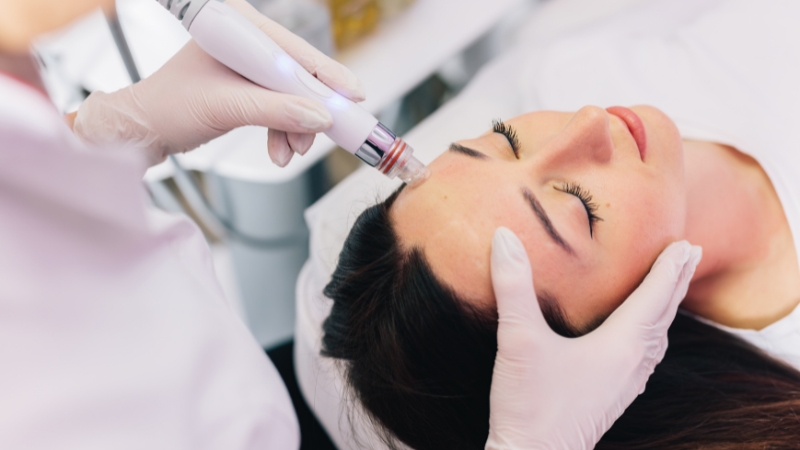
Sensitive skin often reacts to aggressive treatments, but HydraFacials can be customized with lower suction levels and calming serums, making it a safer option for those prone to redness or irritation. The gentle exfoliation and hydration help strengthen your skin barrier while removing buildup that can contribute to sensitivity.
Due to the delicate nature of sensitive skin, professionals recommend scheduling HydraFacials every 6 weeks or even seasonally, allowing your skin ample time to recover while still benefiting from deep hydration and mild resurfacing.
Between treatments, maintaining a simple, fragrance-free skincare routine with barrier-repair creams will enhance your skin’s resilience and help you tolerate treatments better over time.
Anti-Aging and Fine Lines
HydraFacials can play a vital role in your anti-aging routine, delivering peptides, antioxidants, and hydration to improve skin elasticity, reduce dullness, and soften fine lines.
The vacuum-assisted exfoliation encourages gentle cell turnover while infusing your skin with serums that promote collagen support and protect against environmental damage. For best results, a 4–6 week schedule keeps your skin consistently hydrated and supports your skin’s renewal cycle, helping to maintain a plump, youthful appearance.
These regular treatments can also improve the effectiveness of your at-home anti-aging products by ensuring your skin is clear of debris, allowing active ingredients like retinol and vitamin C to penetrate more effectively.
Hyperpigmentation and Uneven Tone
Hyperpigmentation can be challenging to treat, but HydraFacials offer a targeted, non-invasive method to gradually fade dark spots and improve overall skin tone. The treatment uses exfoliation to remove pigmented dead skin cells while infusing brightening serums like vitamin C and kojic acid, addressing discoloration at multiple levels.
Receiving HydraFacials every 4 weeks can accelerate results while maintaining skin health, especially when combined with a consistent sunscreen routine to prevent new pigmentation from forming. Over time, you’ll notice your complexion appearing brighter and more even, with reduced reliance on heavy makeup to cover dark spots.
Can You Get HydraFacials Too Often?
While HydraFacials are known for their gentle yet effective approach, getting them too frequently—such as weekly treatments without a medical indication—can lead to over-exfoliation, increased sensitivity, and skin barrier disruption.
Signs you may be overdoing it include new redness, dryness, or irritation that persists between treatments. It’s essential to listen to your skin and consult your esthetician if you’re unsure about frequency adjustments, ensuring treatments align with your skin’s healing and renewal cycle for long-term health.
Cost Considerations
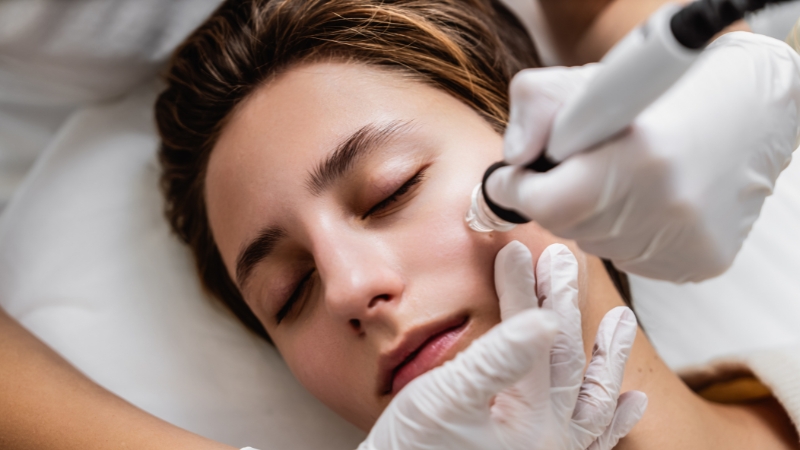
HydraFacials typically range from $150–$300 per session, depending on your location, the practitioner’s expertise, and any add-on boosters you select for personalized results.
While a monthly HydraFacial can be a valuable investment for maintaining clear, glowing skin, those managing tighter budgets may benefit from treatments every 2–3 months while focusing on a robust home skincare routine in between.
Products with hyaluronic acid, niacinamide, and gentle exfoliants can help extend the benefits of each session, ensuring you get the most out of your investment.
Maintaining Results Between Treatments
To maintain your HydraFacial results and protect your skin investment:
Bottom Line
@injector.kellie 🎤 POV: Your skin is screaming for a facial… 💧How often should you get a facial? 👉 Every. 4–6. Weeks. Especially when it’s a HydraFacial 👏 ✨ Deep cleanse, glow up, no downtime. #HydraFacialGlow #FacialRoutine #SkinGoals #MedspaLife #k2aestheticandwellness ♬ original sound – Kellie Oliver, MSN, FNP-C
You should get a HydraFacial every 4–6 weeks to maintain healthy, glowing skin while addressing issues such as acne, dryness, fine lines, and hyperpigmentation. For targeted concerns, a slightly more frequent schedule may be beneficial initially, followed by maintenance treatments.
Always consult a licensed esthetician or dermatologist to tailor your HydraFacial plan to your skin’s specific needs.
HydraFacials offer a practical, non-invasive path to clearer, more radiant skin, especially when paired with a consistent home care routine and a healthy lifestyle. With the right frequency and commitment to post-treatment care, your skin will remain refreshed, resilient, and glowing over time.
Related Posts:
- Sunscreen Ingredients You Should Never Put on Your Face
- Should You Swim with Jewelry? Can Water Damage Gold…
- 14 Skin Care Products That Should Never Be Refrigerated
- How Can You Tell if Noxzema Has Expired?
- Hot Tub vs Sauna: Which One is Right for You?
- How Much Does a Hot Tub Weigh and Can You Move It By…



